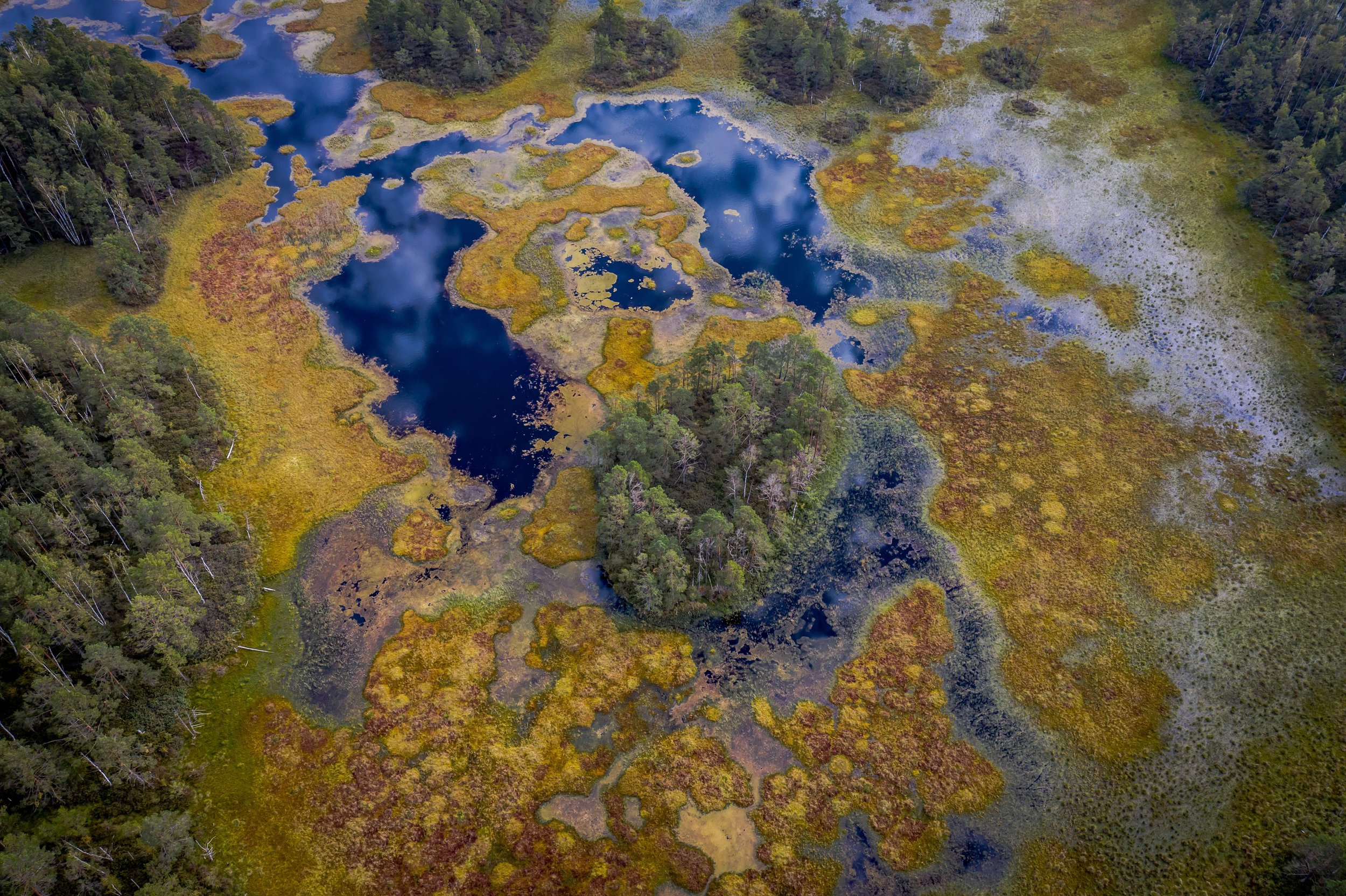The peat trade implies big profits. At the same time, extracting peat is carbon intensive and destroys biodiversity. This investigation looks at how this business is especially lucrative for the Netherlands that do not just trade but also mine peat in Latvia and Estonia.
Baltic peat lies at the heart of Western Europe’s food security. It is used as a growing medium for both industrial greenhouses and home gardens in Western Europe. The Netherlands is the world’s second largest importer and third largest exporter of peat. Moreover, Dutch and German companies also mine peat in Latvia and Estonia.
Extracting peat, a fossil fuel formed over six thousand years, is carbon intensive and destroys biodiversity. When a bog is drained and the peat is extracted, the biodiversity loss is total. Around half of the EU’s 35 million hectares of peatlands are classified as degraded, owing to peat extraction and drainage of peatlands for agriculture and forestry. For these reasons, countries like Ireland and Switzerland have stopped peat extraction.
The peat and horticultural industries argue that carbon emissions have been erroneously overstated and that financially viable alternatives to peat, especially for greenhouse agriculture, don’t yet exist. Global demand is on the rise and China has started buying peat from the Baltics. As the EU’s Green Deal develops, conflicts between governments, environmentalists, the peat industry and the EU Commission are set to intensify.
Read more about the project and publications here.
Funded by Journalismfund Europe.
Photo: Nathalie Bertrams.
With Tristen Taylor, Nathalie Bertrams, Kadri Ebrus, Diana Jance.

